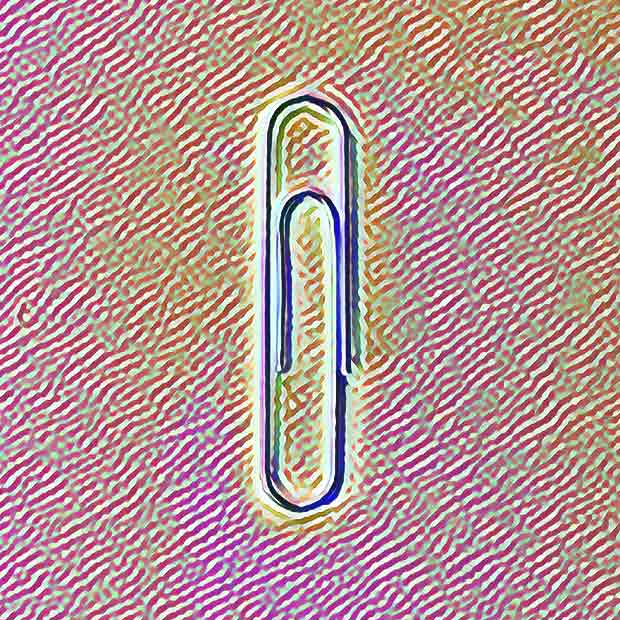So the other day in a meeting, a client said he wanted things to be simple. That’s music to my UX ears of course, because simple is almost always best. When the client said this, he used the well-known euphemism KISS. But then he said, “You know, keep it stupid simple.” Everyone in the meeting, including the guy who said it, laughed because of course he turned around the last two words.
However, the more I’ve been thinking about it, the better I like his version. First of all, the traditional “keep it simple, stupid” is just not very nice. Do we really want to call people stupid? Didn’t we learn in kindergarten not to do that? On the other hand, saying you want something to be “stupid simple” is not quite as offensive because “stupid” modifies “simple” rather than describing the person you’re talking to.
I like to paraphrase creative guru Luke Sullivan who asks is his classic book Hey Whipple, Squeeze This why Thoreau needed to say, “simplify, simplify, simplify,” when a single “simplify” is simpler and says it all?
This all points to a very important rule of thumb that I like to use: avoid the temptation to add things like explanatory text or extra visual elements to fix UX issues. Instead, ask if there’s something that can be removed to simplify the UI or the content. Instead of designing something that needs to be explained to users, work at making it more intuitive. Nieslen Normal Group has been publishing studies for years that quantify how people scan rather than read web pages. So as usability expert Steve Krug says in his must-read book Don’t Make Me Think, when you write web copy, first cut it in half, then, cut it in half again.
I had a lot more to say but I cut it out. I’m stopping now. Keep it stupid simple.
